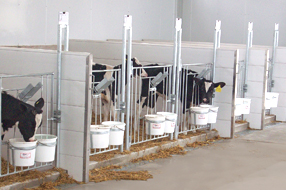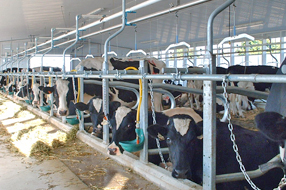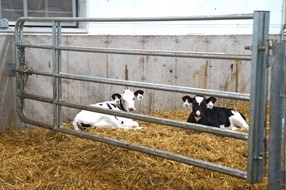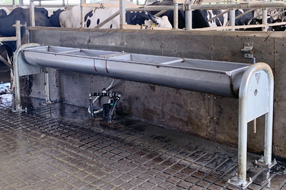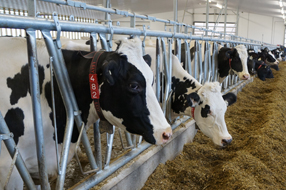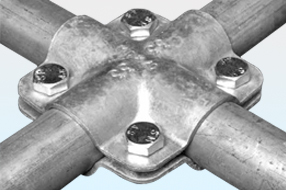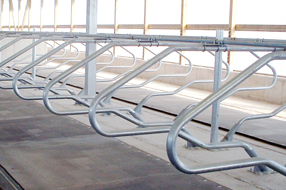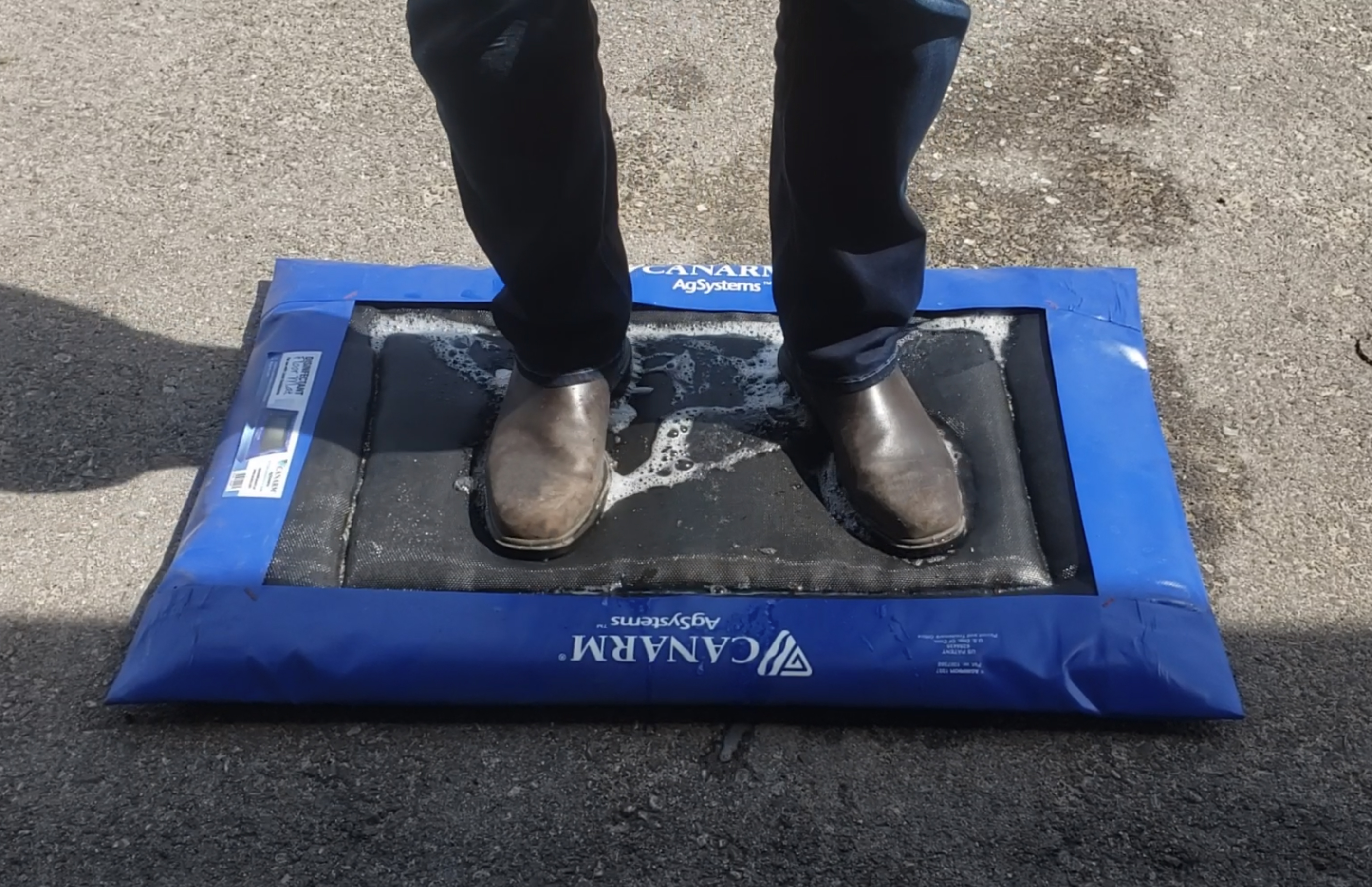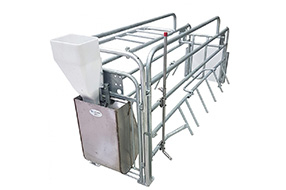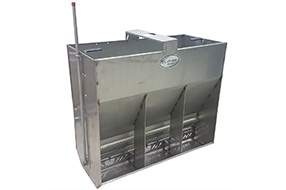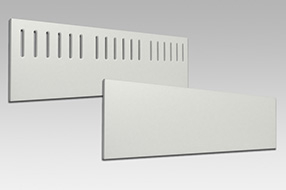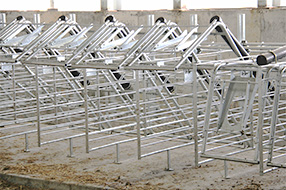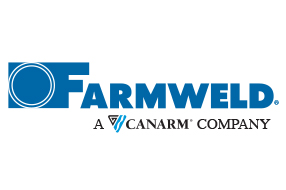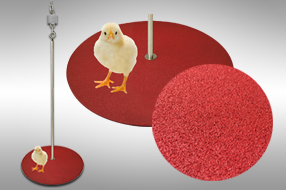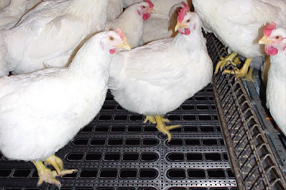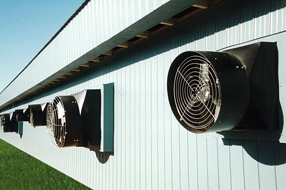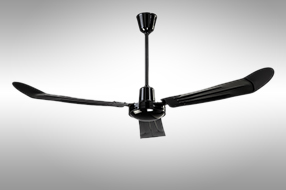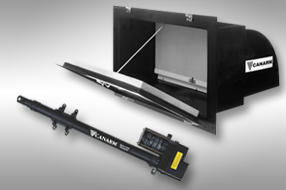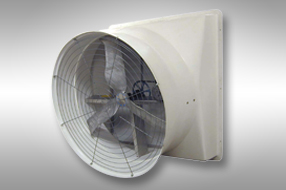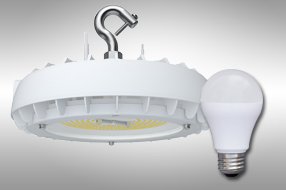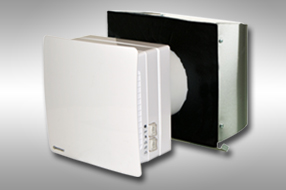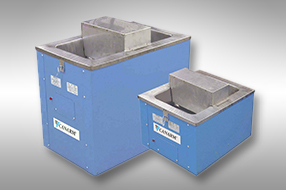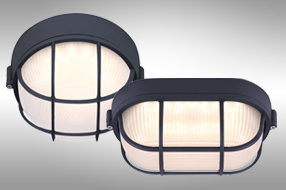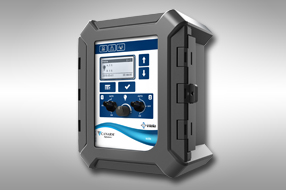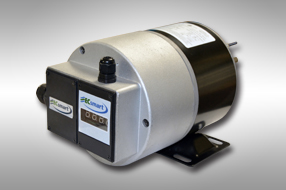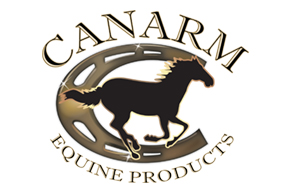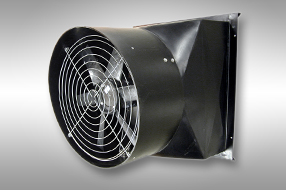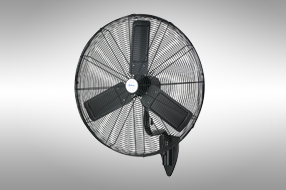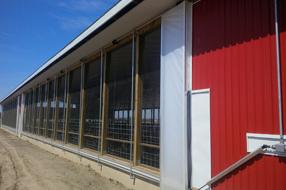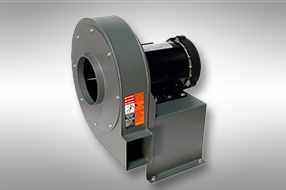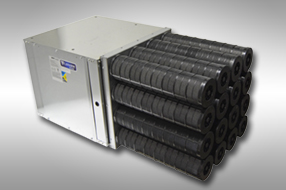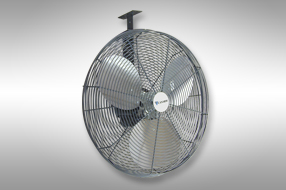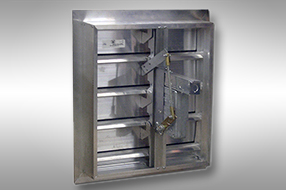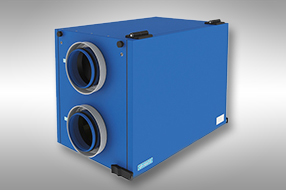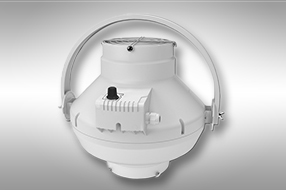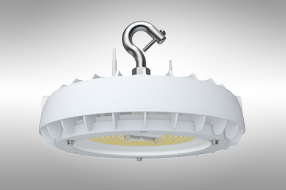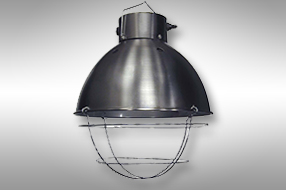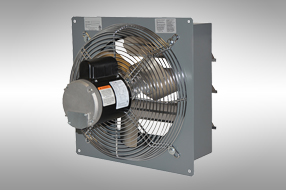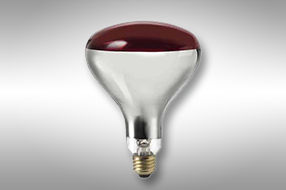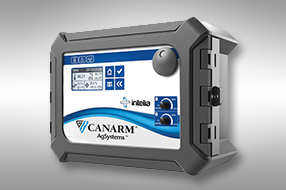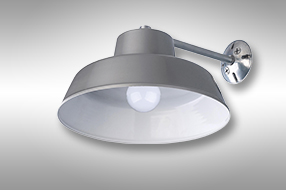Equine Ventilation Basics
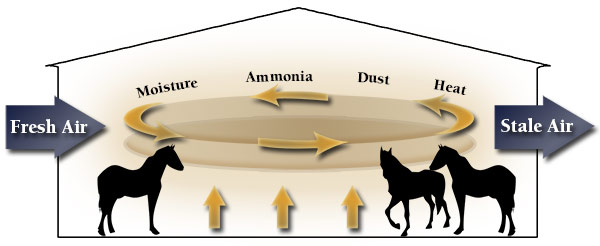
- Air Circulation/Air Movement
- Cooling
- Improved Environmental Conditions (odour control)
- Reduction of Health Risks to horses & workers
- Minimization of building-deterioration problems (ie. Condensation)
- Fly Control
The objective of Ventilation is simply to provide fresh air to the horse through the process of air exchange and air distribution. Both processes must occur to provide proper ventilation and maintain good air quality.
At it simplest, natural ventilation can be achieved through openings in the building in which fresh air can enter and stale, odiferous air can exit. Fans can supplement natural ventilation to ensure optimal air quality.
Applications
Different equine applications have different ventilation requirements. Canarm offers a complete line of products to provide a comfortable and clean environment for both horses and workers.
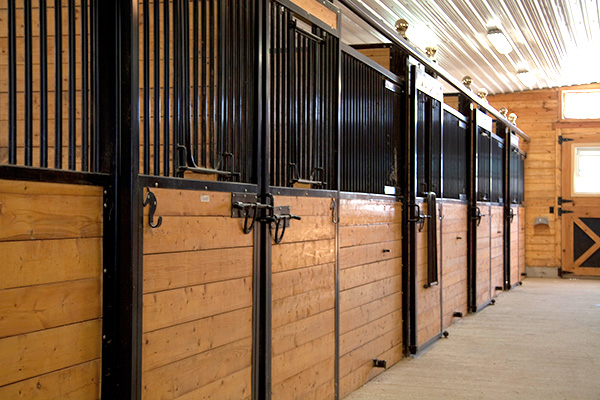
Horse Stalls & Away Events
Horses in a barn will spend a significant amount of time in a stall. It is therefore imperative that each stall receives constant air flow and a cooling breeze in hot temperatures to ensure your horse’s comfort and health. Canarm offers a complete line of circulation fans to meet these requirements. Canarm also offers portable circulating fans that may be moved and transported to equine events to keep horses and riders cool regardless of location.
Proper ventilation can also assist in fly control. Flies feed on manure and pick up bacteria and other pathogens which they can then transfer to hay and water, contaminating it. Effective ventilation also dries manure and bedding, making it unsuitable for fly breeding. The constant air movement through the horses stalls created by Canarm circulation fans also effectively combat fly irritation.
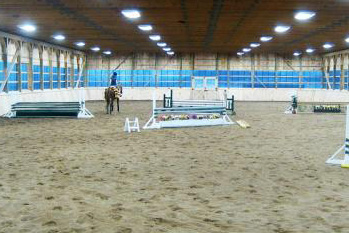
Indoor Riding Arenas
Larger areas such as indoor arenas are much larger than individual horse stalls and therefore require more robust ventilation systems to ensure sufficient air flow to horses, competitors and spectators alike. Canarm Exhaust fans work to draw out dust-laden, stale air and odours from the building while ceiling, wall mounted or portable circulating fans within the building promote the circulation of clean, cool, fresh air.
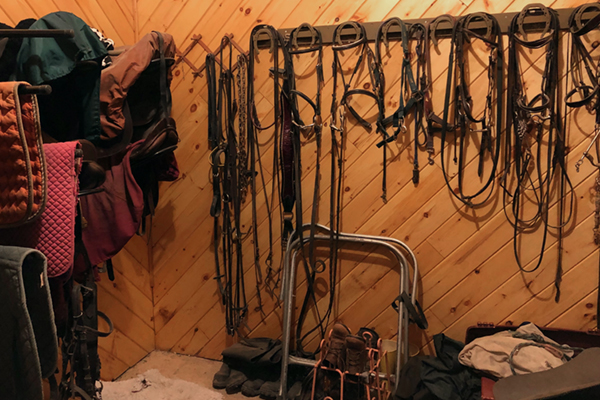
Tack Rooms
While varying in size and purpose, most tack rooms provide safe storage for saddles, harnesses and other tack. They are also a place sure to accumulate dust, dirt, manure from equipment and horse hair. In such an environment, proper ventilation is essential to the health and comfort of stable workers.
Seasonal Requirements
Ventilation requirements differ depending on the season. In summer, it is essential to remove excessive heat from the barn, as well as providing horses with a cooling breeze. Stable doors and windows can be left open to facilitate this air movement. Through the process of convection, any breeze that blows across the horse’s body will help to cool him. Fans should be mounted just above head height so cool air is blown over their heads, down their necks and over their backs. Mounting fans at this height will also circulate the air, but it will not pick up an excess of dust that is more prevalent closer to ground level.
In winter, these doors and windows are kept closed to keep the cold out. On average, a horse respirates about two gallons of moisture a day. The temperature difference between inside and outside the barn causes this moisture to form condensation on the roof, resulting in a damp environment. Odor, dust, mold and ammonia also accumulate. Ventilation is now necessary to control and improve the environmental conditions that the horses and workers are exposed to. Without it, this moisture build up can result in intense odour, ammonia release, and bacterial & fungal growth which can lead to respiratory infection. Condensation also shortens the life of metal and wood roof materials.


